Know Where Youre Going

Wisdom Publications
199 Elm Street
Somerville, MA 02144 USA
www.wisdompubs.org
1990, 2000, 2014 Ayya Khema
All rights reserved.
No part of this book may be reproduced in any form or by any means, electronic or mechanical, including photography, recording, or by any information storage and retrieval system or technologies now known or later developed, without permission in writing from the publisher.
Library of Congress Cataloging-in-Publication Data
Khema, Ayya, author.
[When the iron eagle flies]
Know where youre going : a complete Buddhist guide to meditation, faith and everyday transcendence / Ayya Khema.
pages cm
Originally published: When the iron eagle flies : Boston : Wisdom Publications, 2000.
Includes bibliographical references and index.
ISBN 978-1-61429-193-0 ISBN 1-61429-193-4 (pbk. : alk. paper) ISBN 978-1-61429-210-4 (eBook)
1. BuddhismDoctrines. 2. MeditationBuddhism. I. Title.
BQ4165.K485 2014
294.3444dc23
2014015481
ISBN 978-1-61429-193-0 Ebook ISBN 978-1-61429-210-4
18 17 16 15 14
5 4 3 2 1
Cover photo Way to Paradise by Kilian Schnberger, www.kilianschoenberger.de.
Cover design by Philip Pascuzzo. Interior design by Gopa&Ted2, Inc.
 Contents
Contents
AFTER HIS ATTAINMENT of enlightenment the Lord Buddha taught for many years in north India. He counseled his listeners not simply to accept his words out of faith but to think about them and then, if they found them convincing and appropriate, to put the advice into practice. Thus, his teachings spread because they impressed people, who found them useful in their own lives, and in turn passed them on to others. With time Buddhism spread throughout Asia.
However, the relevance of the Buddhas message is not confined to one geographical area, for all human beings can apply what he taught. In recent years people from Western lands have had greater access to living Buddhist tradition and have taken increasing interest in it; some have even become Buddhists themselves. One such is Ayya Khema, who presents here the advice she has given while leading a meditation course in Canada based on her own experience. Such efforts are indeed heartening, and I hope that through them all beings may find peace.
Tenzin Gyatso
H. H. the Fourteenth Dalai Lama
THIS BOOK IS DEDICATED to my parents, all my teachers, all my students, all my friends, and all those who have supported the Buddhas teachings in the past and who support them now.
Special thanks come from my heart to the Venerable Pema Chdrn, who invited me to give these teachings, to Ani Trime Lhamo, who transcribed the cassettes on which this book is based, and to Claudia Klump, who diligently helped with the typing.
May beings everywhere rejoice and benefit from these words.
Ayya Khema
Buddha-Haus,
Germany, September 1989
BEFORE I BEGIN MY TEACHING I would like to explain the origin of the Buddhas discourses. Three months after the Buddhas death (parinibbna) the first great council of enlightened ones (arahants) took place. At that time the Buddhas teaching was systematized and put into orderly categories. When he was alive, he taught as befitted the occasion, often in answer to questions. In those days religious teaching was always transmitted orally.
At the first great council of enlightened ones, the Venerable Ananda, who had been the Buddhas attendant for twenty-five years, recited the discourses (suttas), and the Venerable Upli recited the Vinaya (the rules of the order of monks and nuns). Approximately 17,500 discourses of the Buddha were thus transmitted. About a hundred years later the second council of enlightened ones was convened. The enlightened ones were called together because there were significant differences of opinion, particularly concerning the Vinaya, and in holding these different viewpoints the Sangha (community of monks and nuns) had split into various factions. It had become imperative to finalize the whole of the Buddhas transmission so that a definitive body of teaching would be safeguarded.
Two hundred and fifty years after the Buddhas parinibbna the third great council of enlightened ones took place. At that time the Venerable Ananda, the Venerable Moggallna, and the Venerable Sariputta, who had been the great disciples of the Buddha, each had one disciple still living. Their pupils were each over one hundred years old, of course, but their presence helped to authenticate the teaching as it was transmitted. At this stage the suttas and the Vinaya were written down in Sinhalese script using the Pali language. Today we can read Pali using the Roman alphabet.
At that time King Asoka, the great Buddhist king of India, had sent his son, the Venerable Mahindra, to Sri Lanka to propagate Buddhism. The king of Sri Lanka readily adopted this new teaching, and many noblemen became monks (bhikkhus). The monks undertook to put what we call the Pali canon into written form. In Pali this is called the Tipiaka (ti means three and pitaka means basket). There is a reason for this name. The original manuscript was written down on palm (ola) leaves with a stilo, a pointed steel dagger-like instrument, which scratched the letters into the soft leaves. An ink made from berries was rubbed over the whole page and then gently removed, so that only the indentations retained the color. Palm leaves were not bound like books but had to be carried around in baskets. Three separate ones were used: one for suttas, one for Vinaya, and one for Abhidhamma, to keep them apart. Since that time, monks of Sri Lanka have copied the original palm leaves onto new ones in the same manner, because the leaves eventually crumble and fall apart. It is a matter of pride and tradition for the monks of the monastery built around the rock where Mahindra first preached the Dhamma to copy the original leaves year after year.
The written transmission has always been supported by oral transmission; reading a book can never be the same as hearing the Dhamma from a teacher. The oral transmission from the Buddhas time was passed from teacher to disciple in spite of political upheavals and natural disasters, and it continues to be so today.
In order to benefit from an oral transmission, one must listen with heart and mind. The mind conceptualizes; the heart believes without clearly understanding. Together they can grasp the meaning behind the words. Words are concepts, which can be twisted out of shape. Our minds are magicians and are capable of transforming one thing into another.
The teaching of the Buddha is like an enormous map showing a vast landscape with a roadway leading from here to there. It is his unique gift that this map is offered and made available to anyone who wants it. Naturally, not having traversed the whole length of the road, one cannot possibly know whether what lies ahead is correctly delineated. There is only one way of approaching that which one has not yet experienced, namely by opening heart and mind to hear whether truth is being expounded. The heart must summon up enough confidence to try the next step, otherwise conceptual thinking and logical conclusions will stand in the way.
This teaching, tried and true over the centuries, is one of the greatest jewels humanity possesses. The original words of the master are overpoweringly effective in changing pain and grief (dukkha) to happiness (sukkha). Access to it is through the heart and the mind. The Buddha recommended study and practice, so that knowledge can point the way and practice can do the work.
Next page
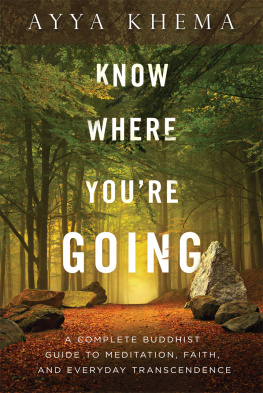
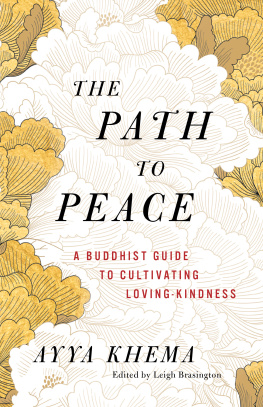

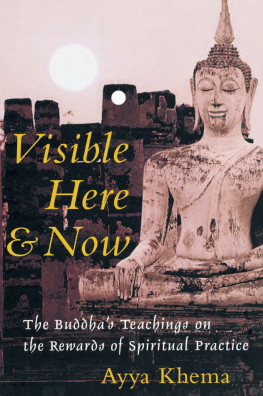
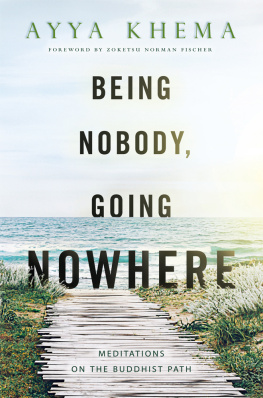

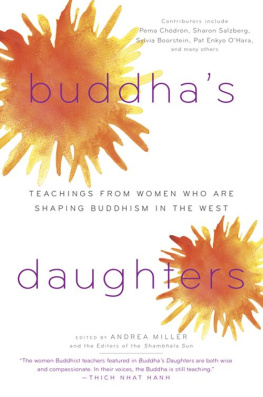


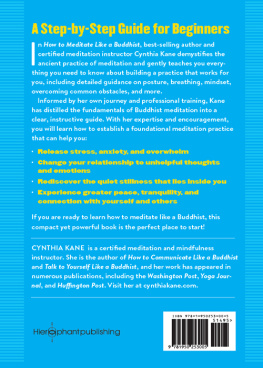

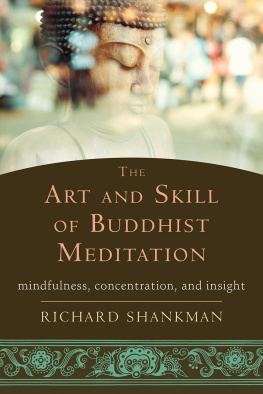
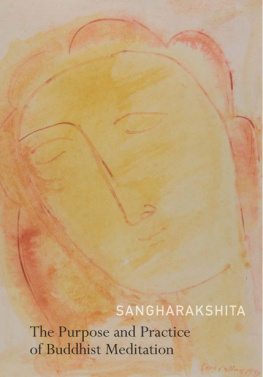

 Contents
Contents